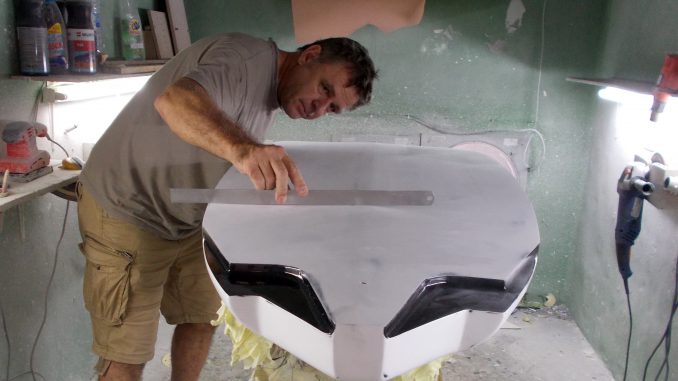
Interview: WSUK
Pics: Witchcraft Windsurfing, James Jagger
When it comes to design of windsurfing equipment Witchcraft’s Bouke Becker – having been involved in windsurfing since the early days – has seen it all, dabbled with it all and had a hand in (literally) shaping things to come and how things are now. Whether it be hard wearing windsurf boards or more recently sails and rig accessories Bouke knows a thing or two about creating windsurf products. In part one of this double feature we catch up with Mr Becker about board design.
How do you begin when looking to create a new board shape?
I am a very visual guy. I have visual ideas about a shape to reach what I am after. I can imagine pretty well how a board will sail when I see the shape with the straps. So for a new shape I will take one from my database that is closest and start tweaking from there.
What factors determine the want and need for a new creation?
That can be many things: my own sailing, that of team riders, customers or the competition. I like to visualize the performance of a board in a triangle. At each opposite point or corner: planing, turning and control. The ideal board will score 100% on each. But that is an unreachable utopia. So you have to make compromises and set priorities. Still, you are trying to score as good as possible on all three points. Usually any change will cause a gain somewhere and a loss somewhere else. But sometimes you find something that has more positive results than negative. For example a more tapered outline increases manoeuvrability and wind range without losing planing ability so all good and the reason why any board should have some taper. Only by going too extreme will it become twitchy and harder to control in the turn.
Are you looking mainly at market trends or do you take a steer from your own customer wants and needs?
Mostly when thinking of a new shape I will have a particular sailor or type of sailor in mind and trying to figure out how I can improve their sailing. But what they want can also be influenced by (the marketing of) other brands.
Do you use influence outside of windsurfing to come up with new designs?
Yes. I like to use science and look at designs of other devises which use wind or water. For example, the amount of water or air or water that is in contact with a board or sail (so the wider a board or the longer the luff of a sail) is at least as important as the planing area of a board or surface of a sail. Which is why sail planes have such high aspect wings. I also look at other foils and if they show “weird” design traits like a twisted wing of a windmill or propeller, I will find out why and learn from this.
Tell us about manufacturing materials used in WC boards – how do you decide what to use and when?
That is quite complicated as we need to withstand lots of different forces and this varies through the board as well. First of all you need to look at mechanical laws. Then also look at the properties of each material. For example: carbon is strong but also stiff and thus brittle. So good for compression but not useful for impact resistance like on the nose. Also you need to look at the modulus (elasticity) of each material. The stiffest material will always take the most force. If a steel cable is not strong enough to lift a weight you are not going to put an elastic next to it. So materials like Carbon-Kevlar or Carbon-Innegra are far less efficient and even not better than glass fibre which costs 1/10th. Sometimes you need to mix materials for different purposes or to make a gradual change from one purpose to another but then it makes sense to put the most fragile material on the outside so it is easy to replace without first having to remove material which in fact was still fine. As accidents can happen and other materials like rocks are still much harder, repairability can make the world of difference for the durability and cost of maintenance of a board.
And manufacturing techniques: could you tell us how WC go about producing their boards in terms of mouldings and lay up etc?
We use CNC shaping and vacuum bagging like custom boards. However all shaping work is done by CNC; the outline, the bottom, the bottom reinforcement blocks, the rail, the deck, the deck reinforcements parts, the PVC deck and bottom sandwich fold outs, all inserts. Especially doing all reinforcements and inserts by CNC saves a lot of measuring time, it is also much more accurate to the 1/10th of a mm so you save weight as well. Each board is vacuum bagged 4 times.
You must go through a stage of prototyping, as with all brands. What numbers are we talking here?
We go through lots of prototypes for each model. Just kidding! It depends but usually I´ll make one real proto, sometimes two. With my shaping program I can play around with a shape first as long as I like. I can imagine pretty well how a board will behave when I see it. Usually after working on a shape for an hour, you lose ‘freshness’ so I stop and continue the next day. Often then with a fresh eye I spot small things that the day before I did not. When I have looked at a shape with a fresh eye for a few days in a row and each time think it looks right (for what I want to achieve), I will press the button on the CNC machine. Then the first proto may be altered until it is right. Usually we´ll make some for team riders over the period of one to two years to get more feedback from different locations and styles. Like with the Wave V5. I made one first for Will, then after a while Andrew Fawcett in Cornwall and Jonas Handekyn came with similar ideas for their new boards so we made some for them with similar shapes, which they have been sailing for over a year now so now it is time to take these into our semi-custom line.
Who helps you with the testing of said prototypes (mainly)?
That depends as well. It is good to have a specific sailor or type of sailor in mind to get inspiration, this can be myself, Will who is always pushing very hard and is very demanding of his kit and I need to adapt the equipment to his needs. Yannick: his sailing is very different, very fine, he has a very good feeling as well but can adapt himself very well so he can work himself into a shape. So he can tell me more about different shapes and board types. Sometimes it takes some adaption and things turn out for the better in the end. For other shapes I may also start with any of my team riders up in Europe, a customer that I know and I think I can help his sailing with a better shape or a customer who specifically asks for something
Is it then a case of incremental changes to things like rails, rocker and tail shape or do you usually nail it one?
Because I usually take a lot of time playing with it in my shaping program I often nail it in one. The shaping program really is a good tool. From there over the years there can be some incremental changes and fine tuning. Sometimes you have something new like the stubbie wave shapes. I have not jumped into this but wanted to learn more and tested some of them. As I said earlier, there are some benefits of having a rounded/tapered outline like a bigger wind range and faster reaction to initiate a turn so I did not want to go too extreme and loose too much of these benefits. Sometimes it is better not to jump on the bandwagon but first wait and see where it leads to make sure these new ideas get customer proven. My boards last a long time so the shape has to be more timeless.
Witchcraft have stuck to their guns in terms of fin configurations over the years – at least with wave boards in mind. Why do you consider the thruster 2+1 set up to be the best?
I do not consider A thruster 2+1 set up the best but rather OURS. The thruster set up has the most benefits but is also the most sensitive to the right angles of the side fins. If you do not get the angles right you can only sport small side fins, putting bigger side fins would increase drag and be harder to turn. You need to know what happens with the flow under a board. We did extensive research on this by CFD and underwater filming. Our system is very adaptable as well, you can use any size side fin so you want. Put three equal sized fins in to increase manoeuvrability or use a 2+1 set up in any ratio you like. Tests have even showed that for B&J sailing our 2+1 set up is faster than a single fin on any reach with more control and manoeuvrability.
Do you see this changing any time soon?
No. Quads have one fin too many and lack a centre fin. Twins also lack a centre fin unless you like the unpredictable behaviour. Also in the surfing world trifins are still at it and they are not as well developed as ours.
We hear on the grapevine you’re dabbling with a freeride design? Any closer to getting that sorted?
Yes. We made one proto on request of a customer and we talked a lot about how he wanted it to work and he is very happy. I want to make some more to have here in my rental centre and to test myself and when the feedback is consistently good we´ll bring them out in a semi-custom range. We´ve also made a slalom board on request which will follow the same route. Also working on freeride/free race sails.
What are you doing differently, if anything, with this?
Not much really. I had a customer who already had a Chakra and loves it but his freeride boards were always going soft. So he asked me to make one and he explained the boards he liked and didn´t like for the pretty choppy conditions he regularly sails. So I more or less used the board he liked best as an example with some small changes/guesses as I did not see it in the flesh. But it did come out very nice according to the customer.
Any plans to diversify further? Such as into slalom or foil specific boards for instance?
Yes. I have regularly had customers asking for slalom or freeride boards but usually I turned them down as I was not sure how good the shape will be but now I had some customers say to go for it and even if it would turn out 95%, that would still be fine as there is a lot of difference between brands anyway. Some brand gear is good in chop, others better in flat water so I have been learning from lots of discussions with customers and worked out some shapes which so far seem to have come out very satisfactory.
Do you have any views on windfoiling? Is it the next big thing, as some suggest?
Not tried it myself yet but I´d say it will/does enhance freeriding quite a bit.
Is this area of the sport where the biggest gains in design are to be made as some shapers are promoting?
For sure this is a whole new thing and there still will be a quite a lot of improvements to be expected. It seems foils now are already much more user-friendly. I am not sure how far it will go or if at some point it will start to become boring once the novelty has worn off. I think that where there are waves to jump or ride, foiling does not have much appeal.
What do you see as the biggest challenge as a shaper/designer?
As a shaper you are always looking for the Holy Grail. A board that planes like a formula board, is fast and controllable like a speed board and turns like a surfboard. This is off course not possible but you are still looking to find things that have more advantages and disadvantages. Our trifin with pre-twisted and towed in side fins is such a thing. There are the usual benefits all multi-fins bring but without the drag and straight lining effect. We have been optimising this with student interns in hydrodynamics through the use of computer fluid dynamics; special and very expensive computer programs which they had the use of for their studies. Without the increased drag and straight lining effect we can play a lot more with fin sizes and have a much more adaptable system. You can use three equal sized fins and be able to turn better than a quad due to less leverage for the same fin area, plus more predictability due to having a centre fin, more drive in a turn and less drag. But even with a bigger centre fin and smaller side fins the benefits are noticeable: easier to sail for the same fin area of a single which often results in higher speeds, especially when conditions are a bit rough.
Also the flex tail is such a thing that brings benefits both for early planing and for wave riding. It is a mechanical solution to have a self adapting rocker line.
A special bottom shape of the Wave, V3, V4 or V5 gives the best combination of planing and turning (apart from using a flex tail). There are so many ‘ingredients’ a shaper can throw into the mix in any amounts so you are always playing with these things in your mind.
Do you check out other brand shapes to see what’s going on industry wide?
Yes, of course. You try to see what they are doing, if it makes sense and pick out the good things.
Any other comments about windsurfing board design in general?
Some 15 years ago, I wrote an article called the yo-yo effect in board (or sail) design. Brands are often so pushed by marketing and sales that they will not look if something makes sense. Instead when there is a new trend they will try to outdo each other by going more and more extreme in an effort to be the most innovative. But later down the line their customers will find it has gone too far and things will be reduced again. In the 90s you had the no-nose shapes; some shapers had nose widths of 25cm. Recently you had the square stubbies. There are some good things about the square stubbies but also a more tapered outline will result in a loss somewhere. Already in the second year some brands were moderating things again. So they went too far the first year. You also see brands going back from four to three fins, even if slower. With sails you see brands starting to move away from the compact wave sail designs again. Hence the yo-yo effect.
But in the marketing of more extreme ‘stuff’ you can point out the good things and brush away the bad things. A brand may claim: the flat spot under the front feet helps planing and acceleration and the tail kick makes you turn. Sounds good or not? As long as you don´t mention the fact that the opposite is also the case. The flat spot works against turning and the tail kick against planing. I like to work with parabolic curves to get the smoothest flowing rocker line. Science has figured this out for us.
I also like to put a bit of shape in the second batten of my sails. Some have asked if that did not move the centre of effort up. I said of course but it helps being able to use a smaller sail. In fact, reducing weight and bringing the centre of gravity and the centre of effort down. Which makes a sail actually feel lighter for the given wind strength.

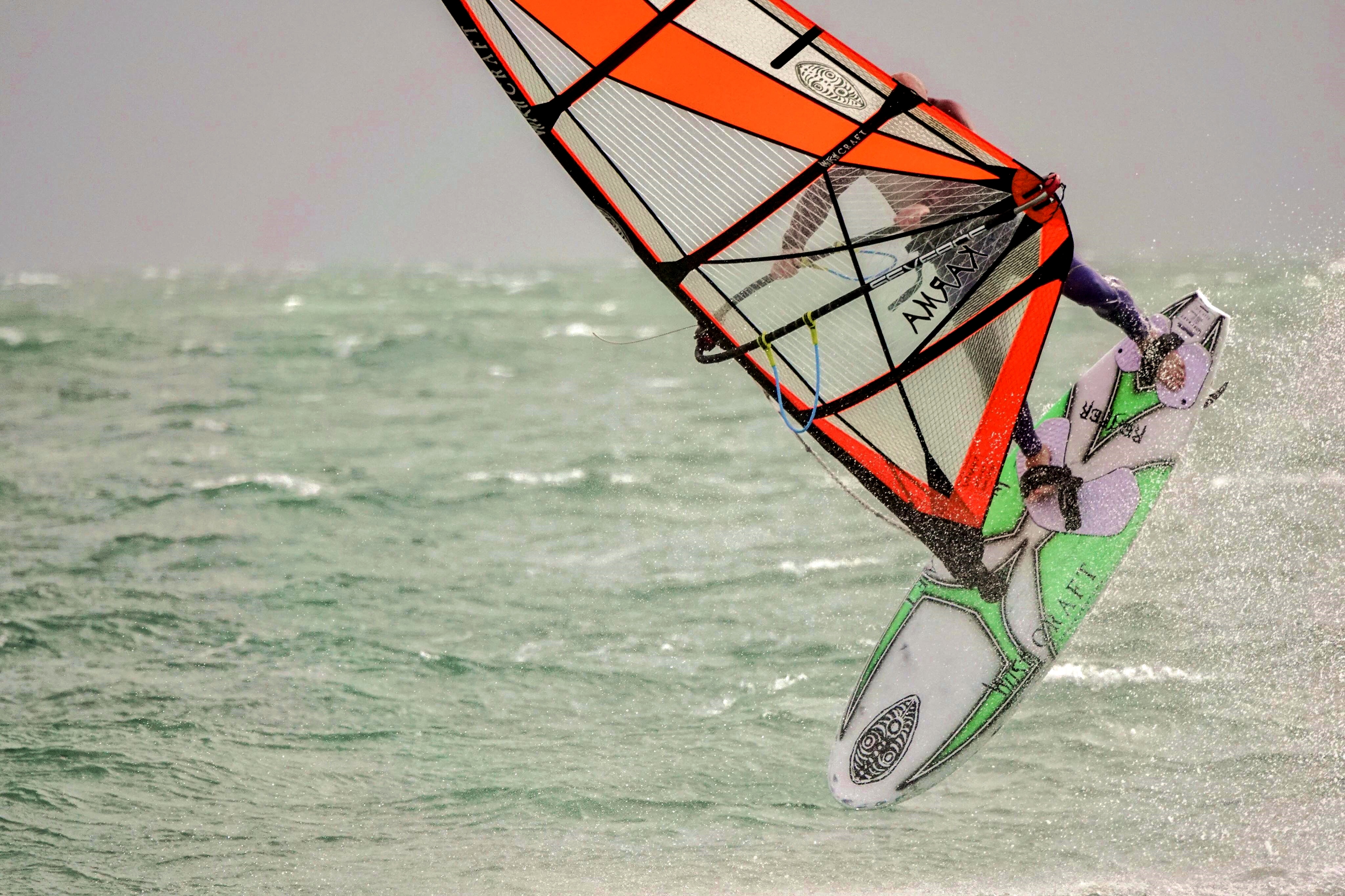
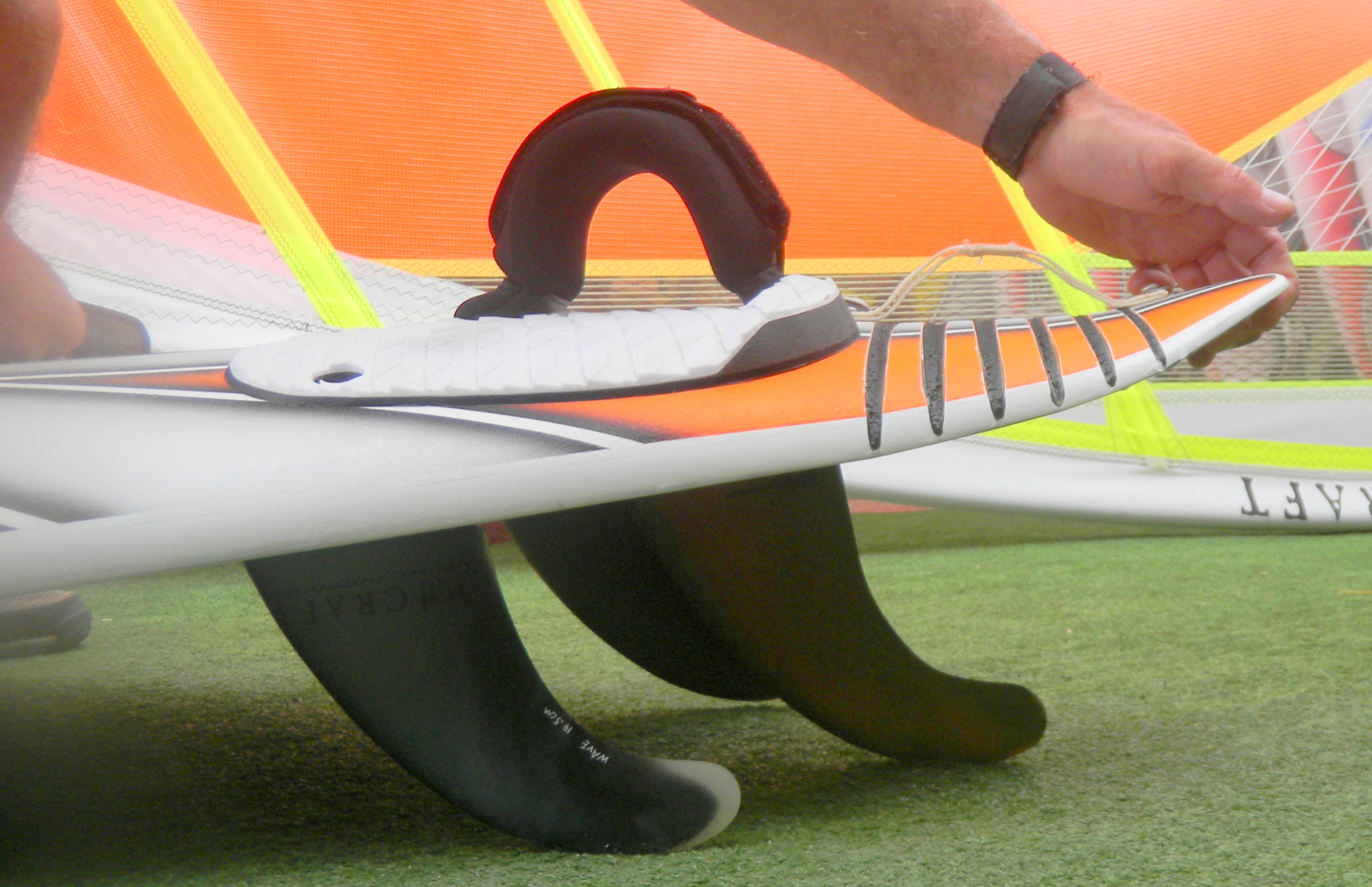
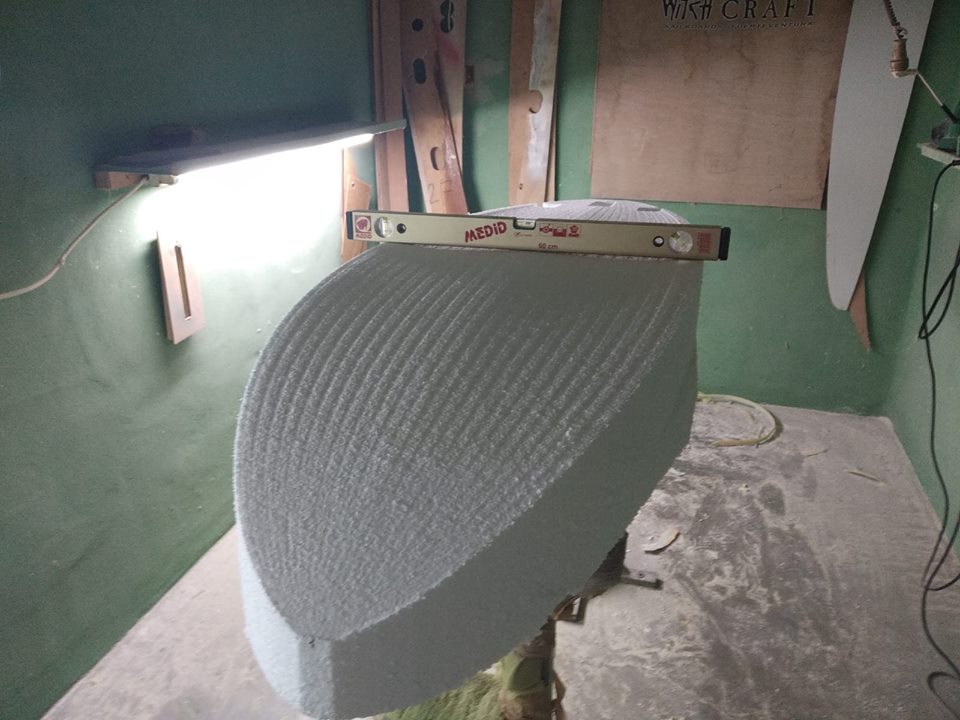
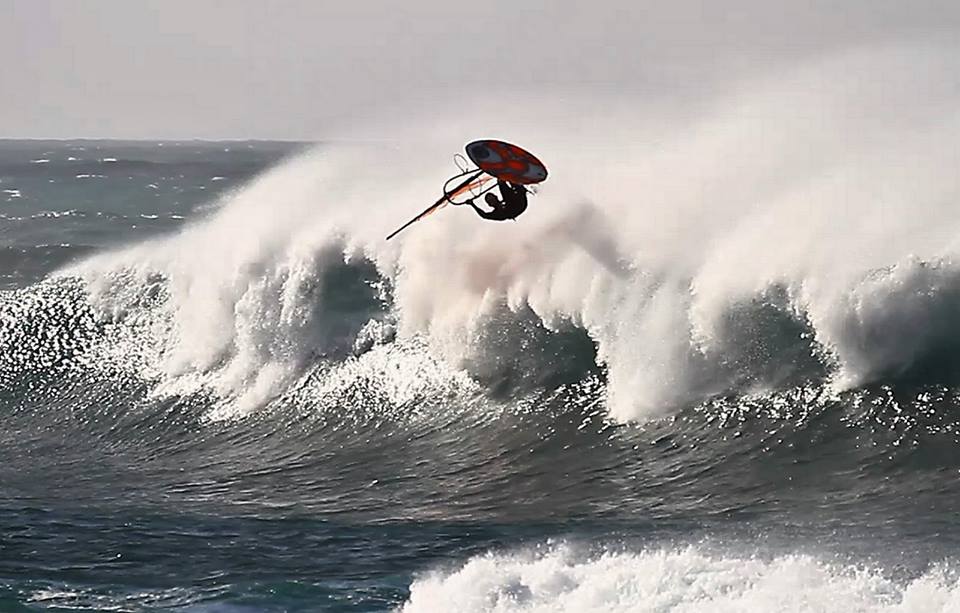

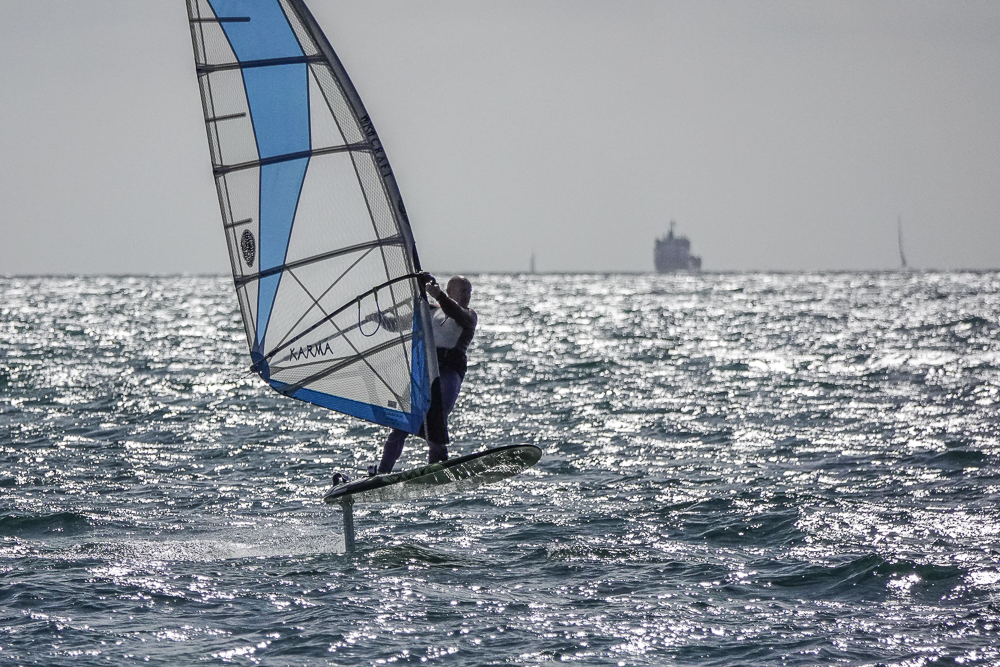
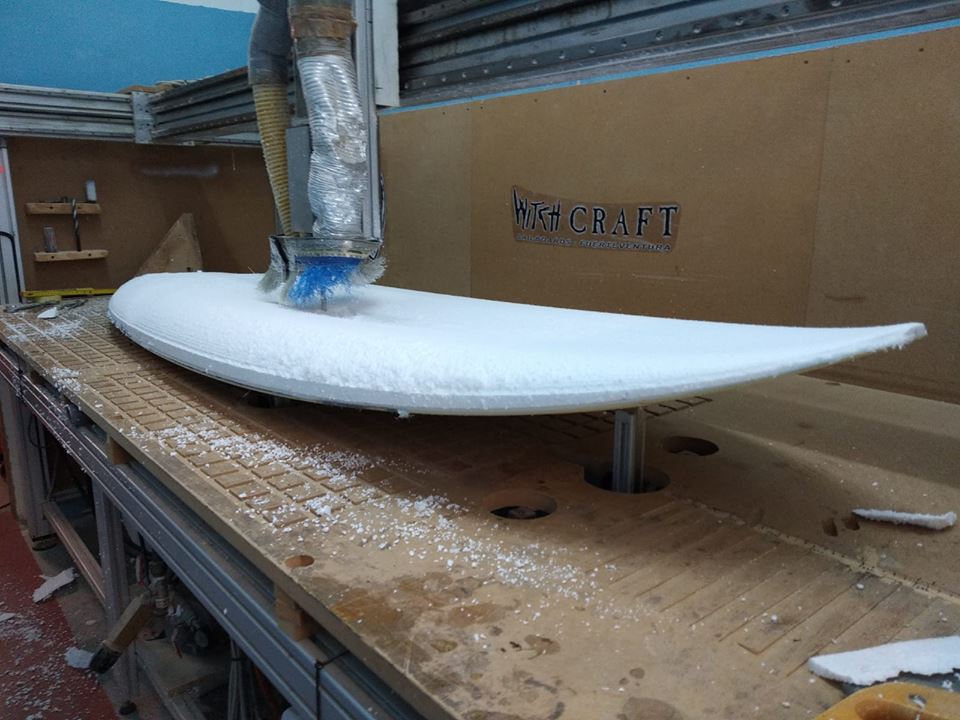
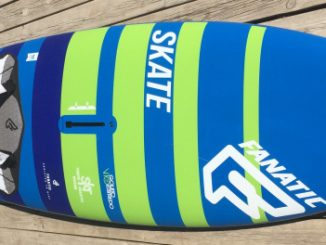
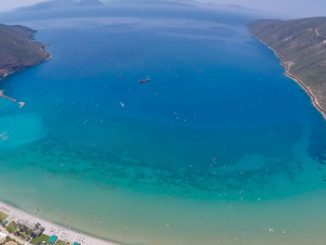
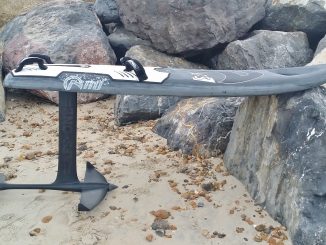
Leave a Reply